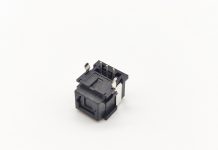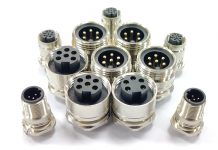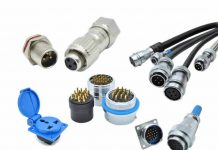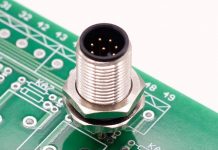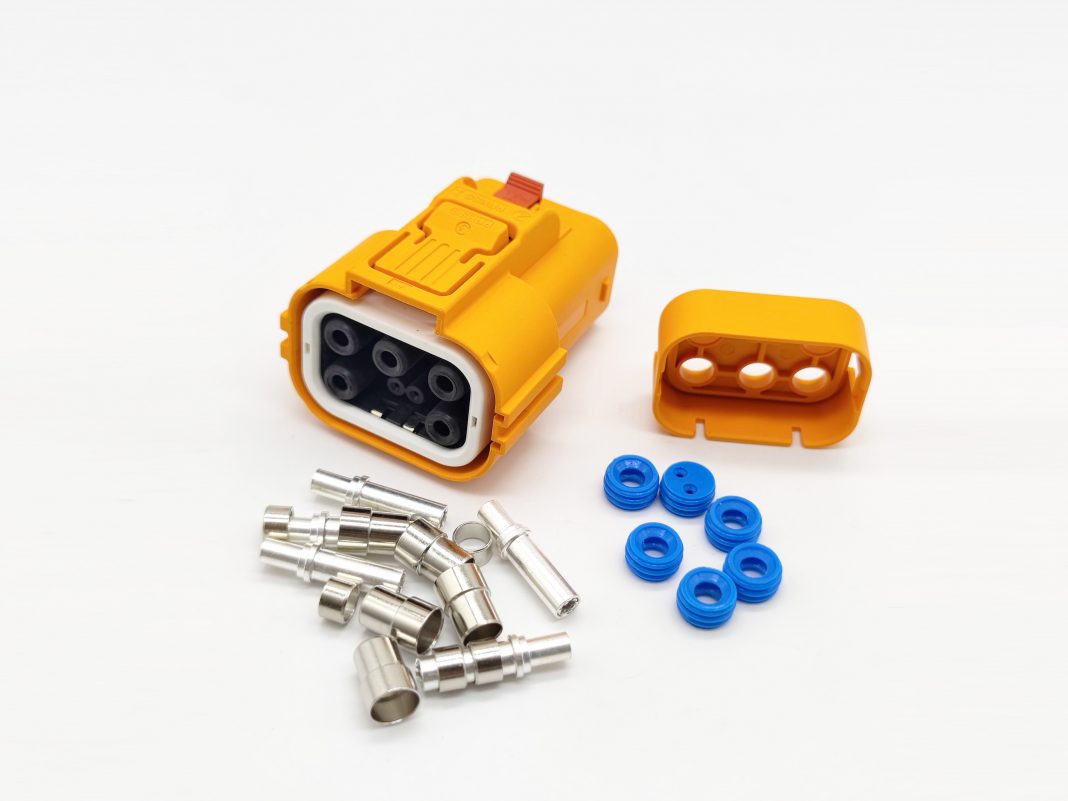High Voltage Interlock is abbreviated as HVIL, which is the abbreviation of Hazardous Voltage Interlock Loop.

1 High voltage interlock
High-voltage interlock refers to a safety design method that monitors the integrity and continuity of high-voltage circuits with low-voltage signals.
In addition, the high-voltage interlock function is integrated in the high-voltage connector, and it is necessary to ensure that when the high-voltage connector is connected or disconnected, the HVIL circuit is disconnected first and then connected, and the necessary time difference is maintained in the middle.
The time difference between the high-voltage interlock and the electrical connection connector sequence can be determined according to the specific situation, generally in the order of 150ms, the purpose is to avoid the system feedback delay, and the instantaneous high-voltage when the power is disconnected will cause damage to the product or operator.
2 Mechanical properties
2.1 Interface and frame size
Both the supplier and the buyer need to clarify the interface size, and the design of the high-voltage connector must be such that the phases cannot be confused with each other in any way (such as the design of adding features such as mechanical error proofing, color identification, key identification, etc.). In addition, other product information such as the cable outlet method should be specified.
2.2 Mechanical life
In the power transmission system of the on-board big three power and small three power modules, the mechanical life of the high-voltage connector is not high, usually 50 to 100 times.
In the application of charging interface, products are required to have a mechanical life of 10,000 times, which is a relatively high challenge for the comprehensive performance of high-voltage connectors, especially conductive terminals.
2.3 Insertion force
The product insertion force of high-voltage connectors is usually required not to exceed 100N. If it exceeds 100N, it is necessary to add appropriate auxiliary devices, such as slides or lever mechanisms.
The plug-in force of the conductive terminal is the main component of the product’s plug-in force, and the conductive terminal with low plug-in force helps to realize the more convenient and feasible plug-in operation of the connector product.
It is well known that the contact resistance decreases with the increase of the normal force, and it has a lower normal force and insertion force while having a lower contact resistance. It is a big challenge for conductive terminals.
2.4 Retention force
The mating retention of the high-voltage connection and the retention of the plastic parts to the conductive terminals are important considerations. Many high-voltage connectors in the industry lack quantification of the retaining force of the buckle, and the buckle has defects such as torque, which has a large room for optimization.
2.5 Secondary lock
The high-voltage connector needs to have a secondary locking mechanism. The secondary locking mechanism requires a certain starting force (usually no more than 40N). The main purpose is to prevent the high-voltage connector from being accidentally opened due to external forces such as transportation and handling.
2.6 Error proofing and identification
Usually high-voltage connectors are marked in orange, and high-voltage connectors need to have a mechanical error-proof function, that is, to meet a certain force value for wrong insertion of plugs and sockets (error-proof force > 3 times the insertion force, usually at least 80N), and the terminals will not be affected by any form of damage.
2.7 Vibration and shock performance
High-voltage connectors must be designed to meet certain mechanical loads. In general, vibration level 3 needs to be met.
2.8 Crimp strength
High-voltage connector terminals and cables need to meet a certain crimp strength to maintain a stable crimp resistance under temperature cycling conditions for a long time, and at the same time avoid the vibration, swing and other inertial forces of the micro-end cable that cause the crimp to be released.
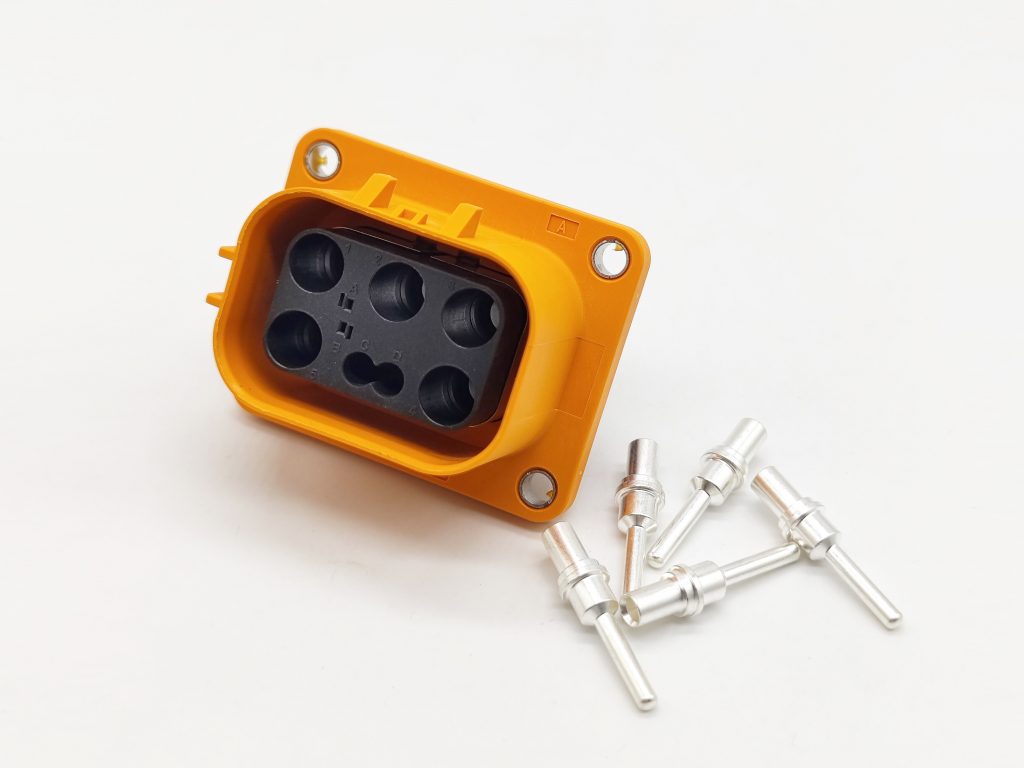
3 Environmental performance
3.1 Touch protection
In the unmated state and the mated state of the high-voltage connector, the protection requirements of IPXXB and IPXXD must be met to prevent the operator from accidentally touching the live body and being damaged.
3.2 Seal protection
When the high-voltage connector is in the mating state, it usually needs to meet the sealing requirements of IP6K9K and IPX7 (the charging interface is in the single or mating state, and usually needs to meet the requirements of the sealing level of IP54/IP55).
3.3 Salt spray resistance
When the high-voltage connector is in the mating state, it usually needs to meet the corrosion requirements of IEC_60068-2-52 or GB/T 2423.18 for alternating salt spray test, severe corrosion, etc.
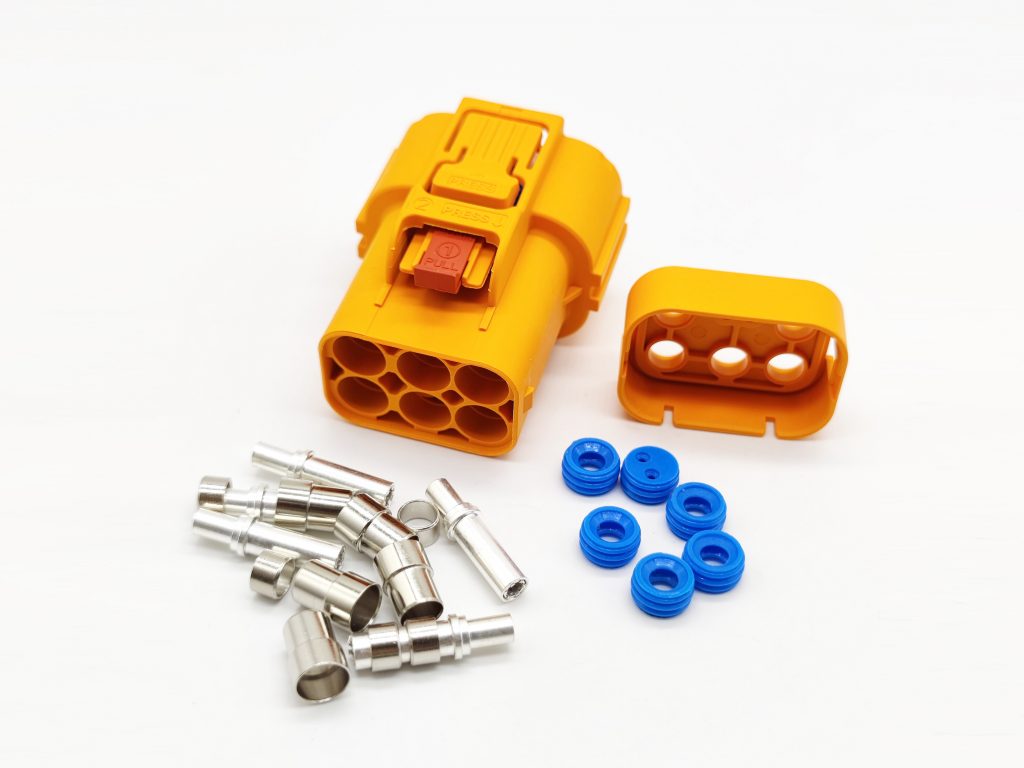
Elecbee is a company specializing in the research and development, production and sales of electronic connectors, adapters and antennas. Whether it is technology, research and development, production or business, it is in the leading position in the industry. If you want to know more about our products or need related help and support, you can directly communicate with our technical staff in real time on the website or send an email to service@elecbee.com. All Elecbee staff look forward to cooperating with you.

